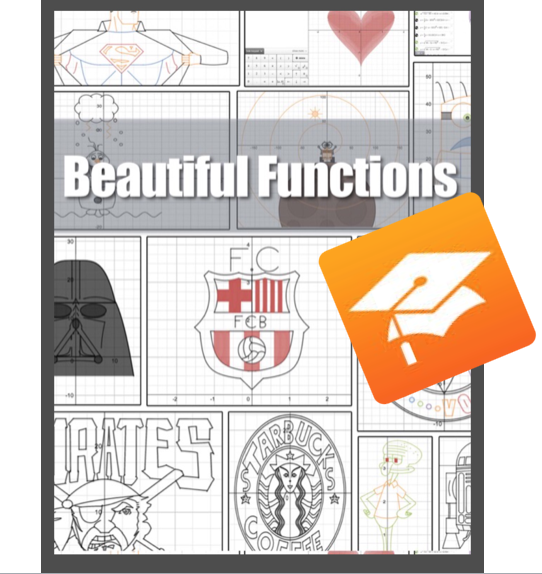 As the year closes down I think back on 2017. I was curious about some of the stats on this site and was blown away at some of the numbers. I never thought that when I started sharing what goes on in my classroom that I would have over 150000 views in a single year! Amazing….and thats all because of you! I dug a bit deeper and found the three most popular posts from this year.
As the year closes down I think back on 2017. I was curious about some of the stats on this site and was blown away at some of the numbers. I never thought that when I started sharing what goes on in my classroom that I would have over 150000 views in a single year! Amazing….and thats all because of you! I dug a bit deeper and found the three most popular posts from this year.
- Angry birds Parabolas
- Flippity Flip Bottle Flip
- Spiralling Grade 9 Math
At first glance I thought, “Yeah, those top 2 posts make sense. Their kinda gimmicky and fads. We search for those relevant topics our students are into; games and bottle flips! I’m sure if I wrote a post on fidget spinners it would be up there too.”But after thinking back on those activities and comparing them I think both their value come from being able to gain great insight into student thinking. And it’s that ability to assess our students deeper thinking here that teachers are drawn to.
Take the Angry Birds lesson for example, the creativity that is embedded throughout the lesson is everything. Students get to choose how their flight paths look and act. There’s a story behind every arc they put into their activity. Their thinking can’t help but spill out all over, and I get to use that knowledge I gain to help push them along. Take away the angry birds and you still have a great creative lesson.
Replace it with a drawing, or trace of a picture or even a marble run and students experience the exact same creativity and learning goal expectations. The activity still allows me to have those insightful conversations.
The bottle flipping activity is a formative assessment gold mine. Again take away the bottles and replace with paper balls or card tossing and this lesson is identical, and I have just as much success at seeing into my students thinking.
It’s this insight that we all want. It’s this insight we need. Insight allows us to what Kyle Pearce and I have been calling ignite our moves. Seeing how a students thinks in live time allows us to act. We may act to address a misconception. We may act to push learning further. We may act to plan our next lesson. We may act to change our planned lesson into something that the students need at that moment. Lessons that allow insight into student thinking must be our norm.
This fits with the 3rd top resource. Spiralling Grade 9 Math. The file found on this post give us a day-by-day to teach with lessons just like the ones above. Not gimmicky lessons — Lessons that spark curiosity! They are lessons that provide great insight so I can ignite my moves and fuel my students sense making. And fuelling sense making has to be our main purpose.
Have you used any of these resources? Comment below to share how?
Like this:
Like Loading...




 As the year closes down I think back on 2017. I was curious about some of the stats on this site and was blown away at some of the numbers. I never thought that when I started sharing what goes on in my classroom that I would have over 150000 views in a single year! Amazing….and thats all because of you! I dug a bit deeper and found the three most popular posts from this year.
As the year closes down I think back on 2017. I was curious about some of the stats on this site and was blown away at some of the numbers. I never thought that when I started sharing what goes on in my classroom that I would have over 150000 views in a single year! Amazing….and thats all because of you! I dug a bit deeper and found the three most popular posts from this year.





